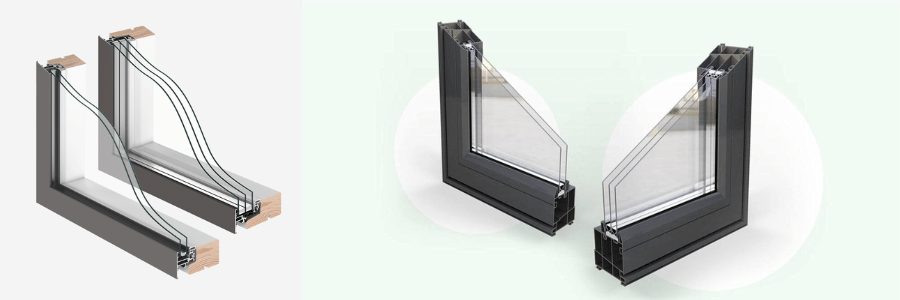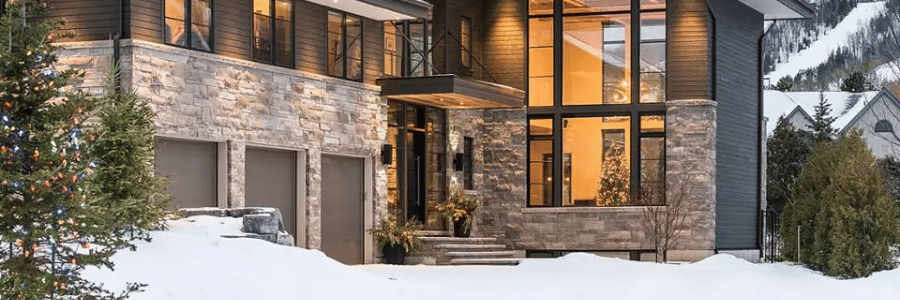Living in snow-prone regions brings a unique set of challenges when it comes to maintaining comfort and energy efficiency in your home. Among the most important decisions you’ll make is choosing the right windows. The cold, snow, and harsh winter conditions can put significant strain on your home’s windows, affecting insulation, energy costs, and overall durability. Selecting the best window options for snow-prone areas can make all the difference in creating a cozy, energy-efficient home. Here’s a guide to help you choose windows that will stand up to the elements and provide lasting comfort during the winter months.
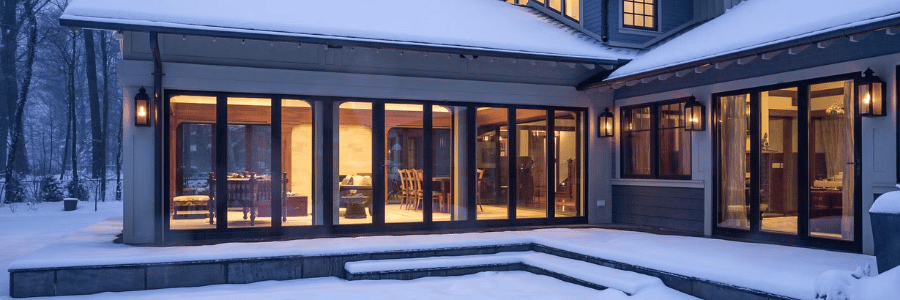
Double or Triple-Glazed Windows
One of the most effective ways to enhance insulation and reduce heat loss is by choosing windows with double or triple glazing. These windows are constructed with multiple layers of glass, with insulating gas (such as argon or krypton) between them. This design helps create a thermal barrier that reduces heat transfer, keeping the warmth inside your home during the cold winter months.
- Double Glazing: Double-glazed windows are a great option for many homes in snow-prone regions, offering improved insulation and soundproofing. They can help keep your home warmer and more energy-efficient by reducing the amount of heat lost through the windows.
- Triple Glazing: For extreme cold climates, triple-glazed windows are even more effective. The third layer of glass and additional gas layer significantly enhance insulation, making these windows perfect for homes in regions with consistently freezing temperatures. Triple glazing also reduces the potential for condensation buildup, which is a common issue in areas with high humidity and freezing temperatures.
Low-E Glass
Low-emissivity (Low-E) glass is another excellent choice for homes in snowy regions. This type of glass is treated with a special coating that helps reflect heat back into the room while still allowing natural light to pass through. In winter, Low-E glass prevents heat from escaping your home, while in summer, it reflects the sun’s heat, helping to keep your home cooler.
The Low-E coating also helps reduce glare and UV radiation, which can damage your furniture and flooring over time. This added protection, combined with its insulation properties, makes Low-E glass an ideal choice for homes that face harsh weather conditions year-round.
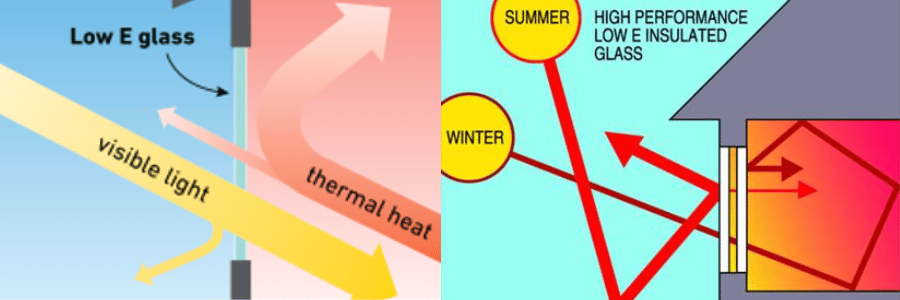
Vinyl Window Frames
When it comes to window frames for snow-prone areas, vinyl is one of the best materials you can choose. Vinyl frames are highly durable, low-maintenance, and offer excellent insulation. Unlike wood or metal frames, vinyl frames are not prone to warping, cracking, or expanding due to temperature fluctuations. They also do not conduct heat or cold as metal frames do, helping to maintain consistent indoor temperatures.
In addition to their insulation properties, vinyl window frames are resistant to moisture, which is important in areas where snow and ice can lead to excess water exposure. This resistance helps prevent issues like mold and mildew buildup, which can affect both your windows and the air quality in your home.
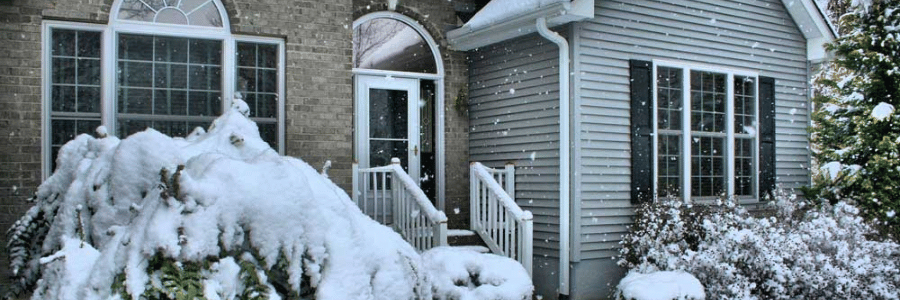
Fiberglass Window Frames
Another excellent choice for windows in snow-prone regions is fiberglass. Fiberglass frames are incredibly strong and can withstand extreme temperatures without warping, expanding, or contracting. Like vinyl, they are also energy-efficient, offering great insulation. However, fiberglass tends to be more expensive than vinyl, but it provides even better strength and durability, making it a great long-term investment for homes in harsh climates.
Fiberglass windows are also highly resistant to moisture, which is important for avoiding rot and deterioration in snowy conditions. In addition, these frames can be painted to match your home’s aesthetic, giving you the flexibility of customization.
Impact-Resistant Windows
In areas prone to severe winter storms and heavy snowfalls, impact-resistant windows are a wise choice. These windows are designed to withstand extreme weather conditions, including high winds and heavy impacts from falling branches or hail. While most commonly used in hurricane-prone areas, impact-resistant windows are also an excellent option for homes in regions where snowstorms can cause damage.
Impact-resistant windows are made with multiple layers of glass that are reinforced with a durable interlayer, making them much stronger than standard windows. These windows help ensure that your home remains protected even in the harshest conditions, providing added security and insulation.
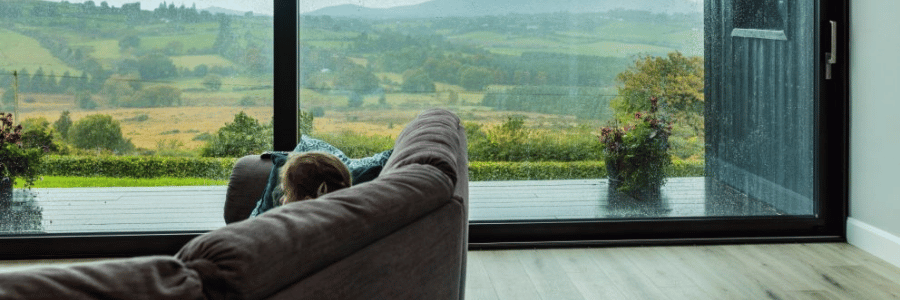
Energy-Efficient Windows with Foam Core
For maximum insulation, consider windows that feature a foam core. These windows are designed with a layer of foam between the frame and sash, providing enhanced thermal resistance. Foam core windows offer excellent energy efficiency, preventing cold air from entering your home and warm air from escaping.
These windows are available in a variety of materials, including vinyl and fiberglass, and are particularly effective in snow-prone regions where extreme cold can drive up heating costs. The added insulation helps reduce your reliance on heating systems, leading to lower energy bills and a more comfortable indoor environment during winter.
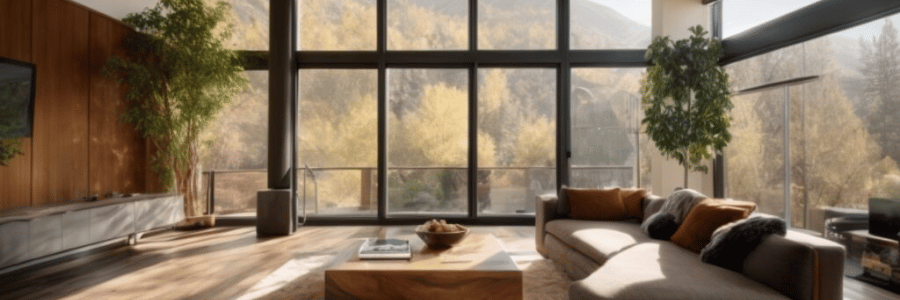
Proper Sealing and Installation
No matter what type of windows you choose, proper sealing and installation are crucial for ensuring maximum performance. Gaps around the window frame can lead to drafts and heat loss, so it’s essential to ensure your windows are installed correctly. High-quality weatherstripping and caulking can help prevent air leaks and keep your home insulated from the cold.
Professional installation ensures that your windows fit perfectly, maximizing their energy efficiency and performance. If you’re replacing old windows, it’s a good idea to have a professional assess your home’s insulation needs to ensure that your new windows are optimally installed.
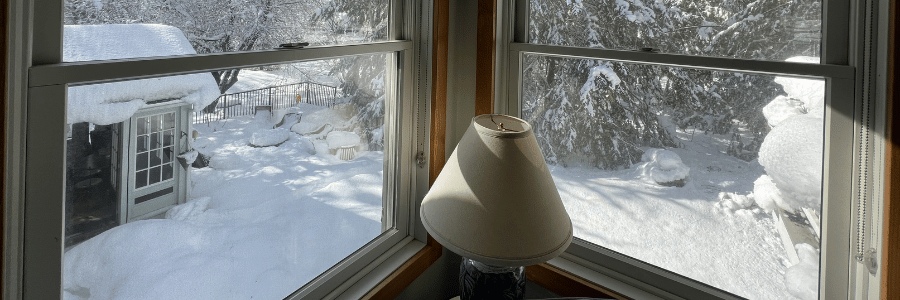
Conclusion
Choosing the right windows for homes in snow-prone regions is key to maintaining comfort and energy efficiency during the winter months. By opting for double or triple-glazed windows, Low-E glass, durable frames like vinyl or fiberglass, and impact-resistant options, you can ensure your home is well-equipped to handle harsh winter conditions. Proper sealing and installation will further enhance your windows’ performance, helping you enjoy a warm, cozy home while saving on energy costs. With these window solutions, your home will be prepared to face the coldest, snowiest winters with ease.

